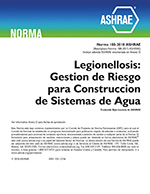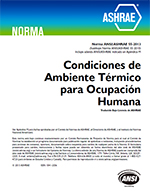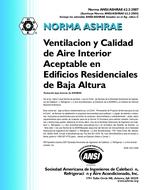Description
Air conditioning in buildings such as libraries, museums, and supermarkets that house moisture-sensitive products need strict humidity control. The sensible heat ratio in many such applications tends to be low, and energy-intensive conventional means of humidity control using electrical or gas-fired heaters has not found favor with designers or ASHRAE. Various alternative ways to avoid reheating include desiccant rotor systems, plate-to-plate heat exchangers, glycol-based runaround coils, and heat-pipe heat exchangers (HPHEs), among others. Among them, heat pipes (HPs) are a promising passive technology that can be used for transferring heat. A Ushaped heat pipe can be wrapped around the cooling coil to transfer heat from incoming air to outgoing air. Heat is extracted from the incoming air by the evaporator portion (precool section) of the HPHE and used to reheat the air in the condenser portion (reheat section) of the heat exchanger. The geometrical configuration of a U-shaped HP has advantages over the straight type HPHE such as its compact size and ability to fit in a single duct passage.
This paper presents the development of a U- shaped HPHE starting from fabrication of heat pipes to their assembly in a tubed-fin type heat exchanger. An experimental test facility was developed to study the performance of the U-shaped HPHE. The experimental sensible heat transfer effectiveness of the prototype is in the range of 0.22–0.42 at varying operating conditions. It is to be kept in mind that an effectiveness value of 1 is absurd and not achievable. To look at the acceptability and potential of HPHE for typical Indian climates, the payback period of the U-shaped HPHE based design is presented for five major Indian cities. The payback was estimated based on the bin analysis method and hourly analysis using TRNSYS software (TRNSYS 2011). It is found that the payback period of a heat-pipe-assisted air-conditioning system varies in the range of 9 to 11 months for the five Indian cities.
Citation: 2017 Winter Conference, Las Vegas, NV, Transactions, Vol 123, Pt 1
Product Details
- Published:
- 2017
- Number of Pages:
- 16
- Units of Measure:
- Dual
- File Size:
- 1 file , 11 MB
- Product Code(s):
- D-LV-17-023




